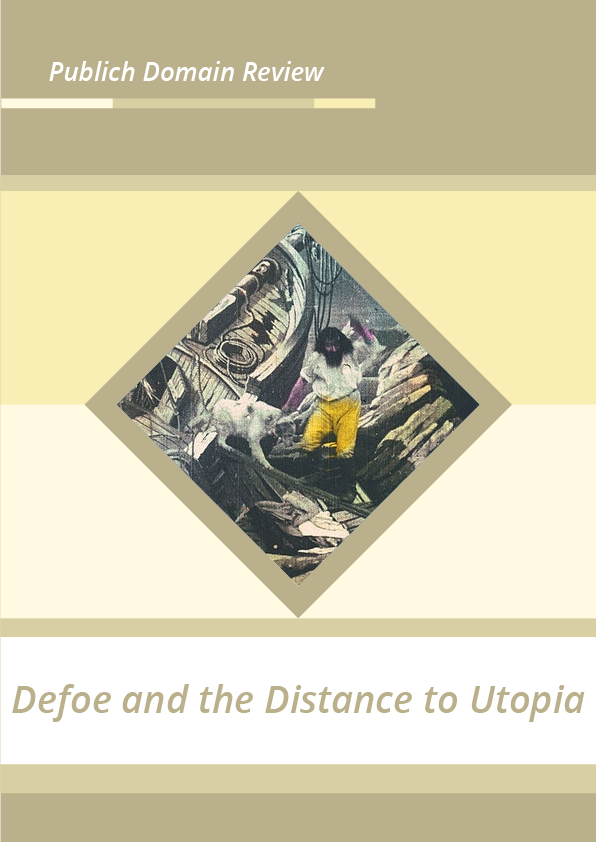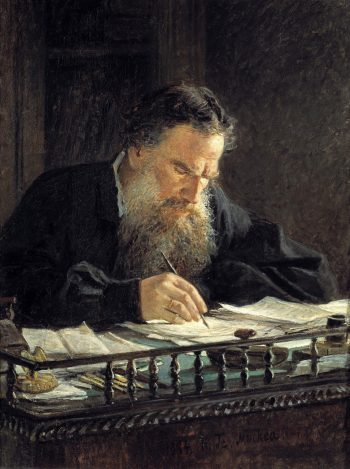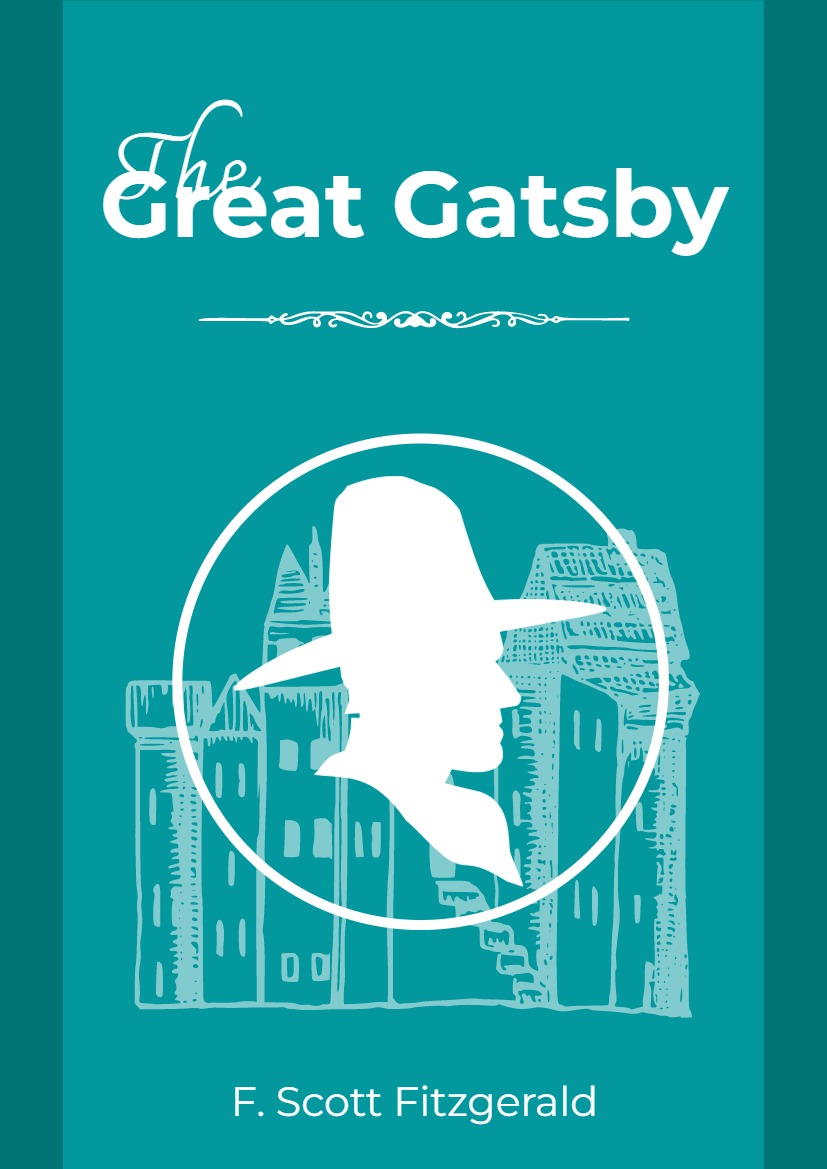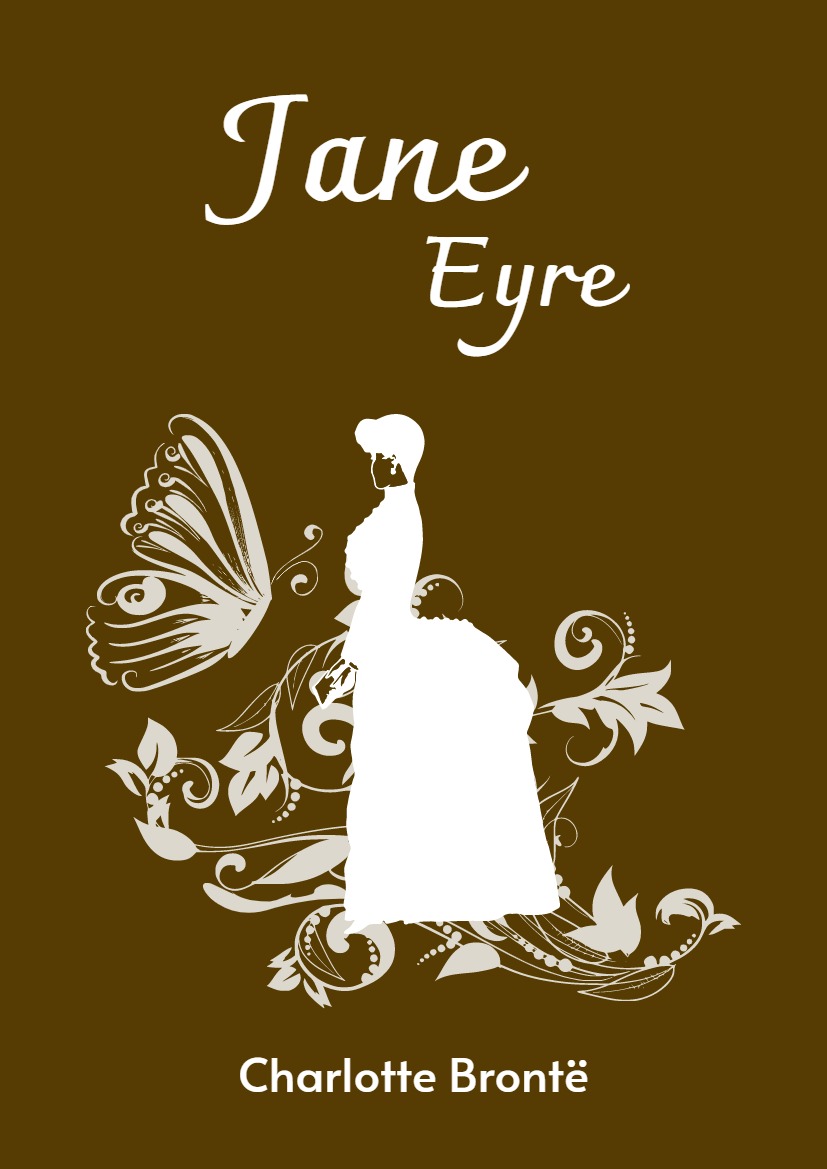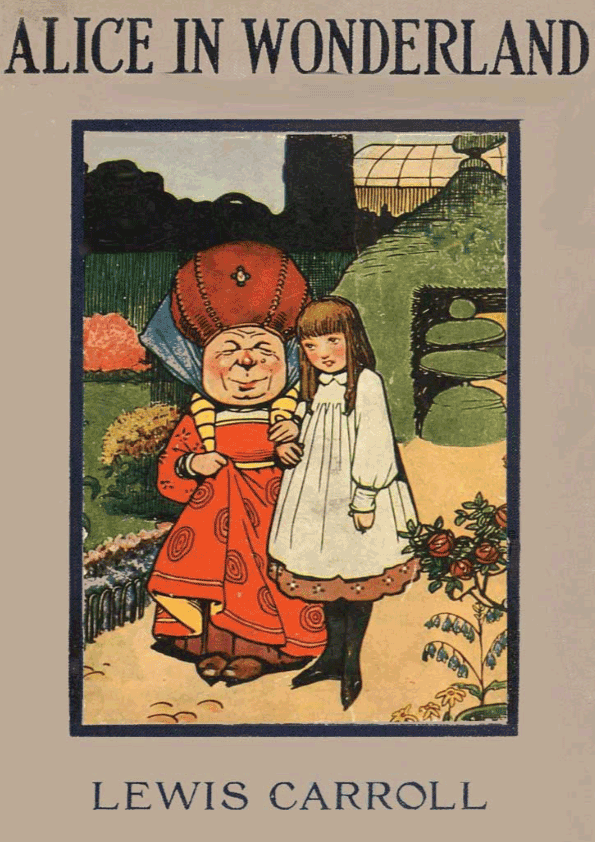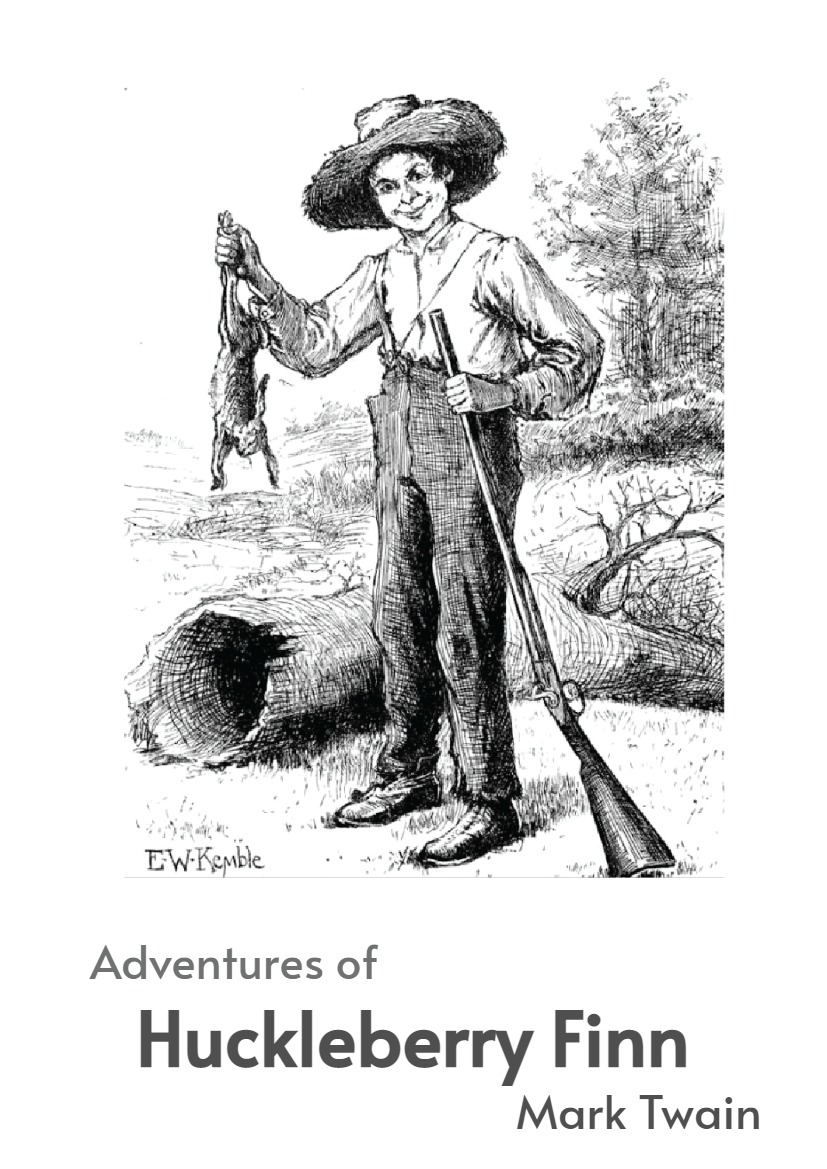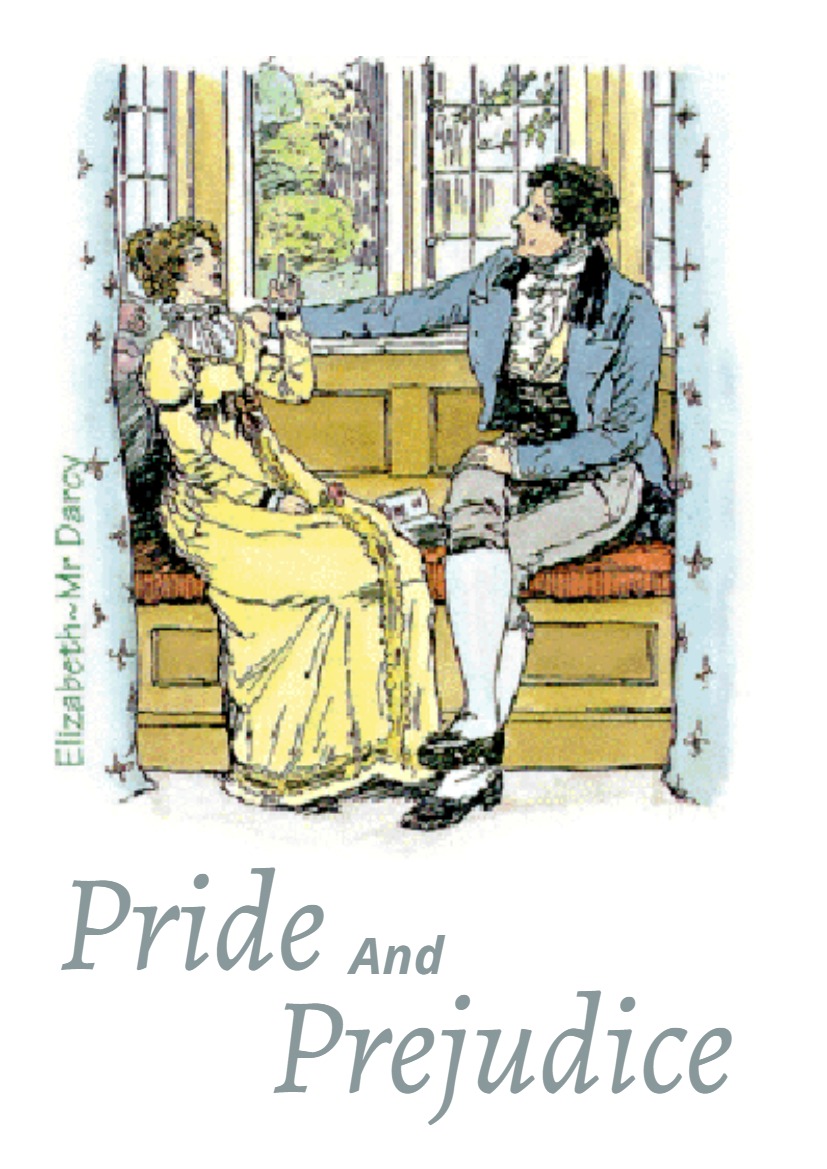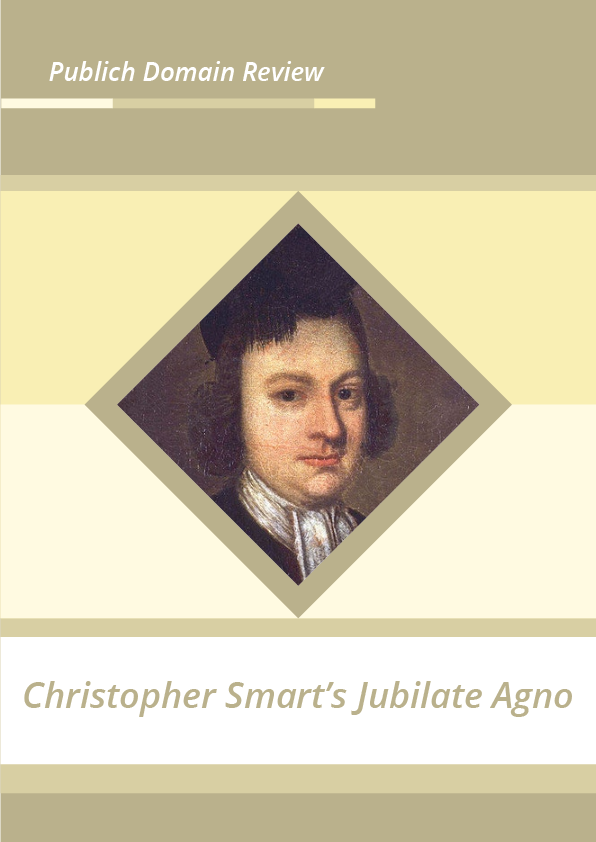In the wake of recent political shifts and the dystopian flavour they carry for many, Jason Pearl looks to the works of Daniel Defoe and the lessons they can teach us about bringing utopia home.
How do you get to utopia? You don’t, of course. It’s unreachably distant. Thomas More’s Utopia (1516) and Francis Bacon’s New Atlantis (1627) are set in what were then uncharted waters, far enough away to have escaped both the attention and interference of the rest of the world. That’s what makes these islands, for a moment, plausible: no one can deny their existence with positive knowledge. And that’s how they stay perfect: no one’s colonized them, traded with them, influenced them in any way. Distance and difference were understood as directly relational: the greater the distance, the greater the difference. And utopias are radically different. Granted, in some cases, the distance is temporal: we call these “euchronias”. The point is we’ll never get there, never live long enough, never see fiction turned to fact.
Today’s readers demur. Too far-fetched, they complain, rejecting the distance. Others see utopias as prescriptive, rigidly so, even fascistic. People think of head-in-the-clouds dreamers or dogmatic philosopher kings, though Fredric Jameson argues, persuasively, that utopias give us not blueprints but open-ended possibilities. At any rate, we now prefer dystopias: The Road, The Hunger Games, and countless others, many adapted as films. Such scenarios seem not distant but close, potentially imminent, and fans of the cult movie Idiocracy have already noted, with horror, the accuracy of its predictions: our vulgar entertainment; the corporatization of everything; the dumbing down — and worse — of the highest office in the land. Dystopias speak to us because they’re practically adjacent.
But there are exceptions to the rule of utopian distance. In the early history of the novel, writers from Aphra Behn to Jonathan Swift tried to bring utopia nearer, tried to bring it back home to England. This was a time of rambling adventure fiction: pseudo-true stories of merchants, pirates, captives, and castaways, all scattered to the four winds. In Gulliver’s Travels (1726), for instance, Gulliver goes to Barbados and New Holland (modern Australia) but also the Country of the Houyhnhnms, a utopian land of naturally virtuous horses. It’s at once a satire on tall tales and a very serious philosophical provocation. But Swift doesn’t stop there. Gulliver comes home and recreates Houyhnhnm society in miniature, shunning humans for the company of the horses in his stable. It is a plot pattern that recurs throughout the period, most notably in the novels of Daniel Defoe, best known as the author of Robinson Crusoe (1719).
